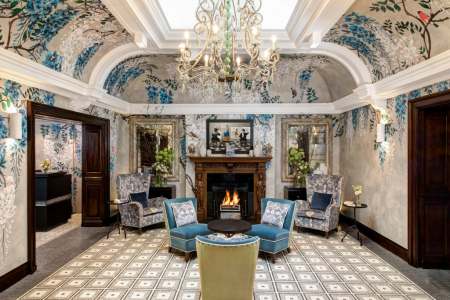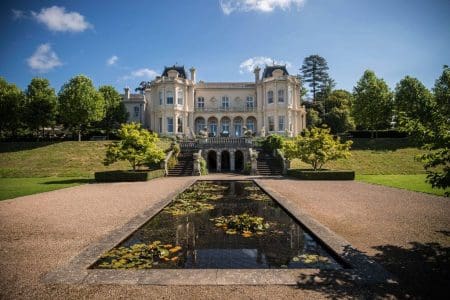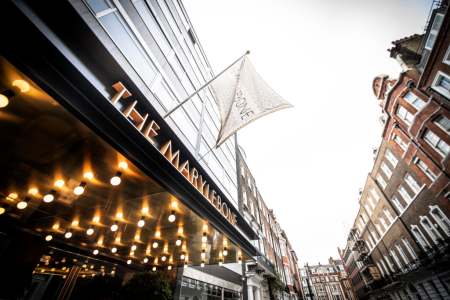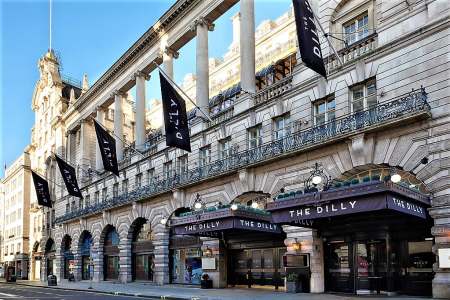Roger Hermiston and Eileen Wise use the Marylebone Hotel London to examine the surrounding area including The Wallace Collection and the oldest existing bookshop.
Is it mar-li-bone or mar-li-bun? Or perhaps mary-lee-bone? No-one seems quite sure how to pronounce this Central London district, named after the old parish church of St Mary’s and the ‘bourne’ (stream) that used to flow alongside it.
But what is universally accepted is that these days Marylebone is as desirable a residential area as they come, with a real laidback, village feel, and is home to some of the best shops and eateries in the capital. Close enough, sure, if you wish to dip into Europe’s busiest shopping street, Oxford Street, but a refuge from its hubbub too. Close too, to the elegant green spaces of Regents Park.
The Marylebone Hotel
The Marylebone Hotel on Welbeck Street – which also stretches around onto Bulstrode Street, and at the back onto pedestrianised Marylebone Lane – would be our comfortable base from which to explore the area’s cultural and gastronomic offerings. There was a small private hotel (The Clifton) here as far back as 1900, before major expansion between 1962 and 1969 saw the creation of the Clifton-Ford Hotel on the site as it is now. These days The Marylebone is a member of the renowned Doyle collection of eight luxury hotels in England, Ireland and America.
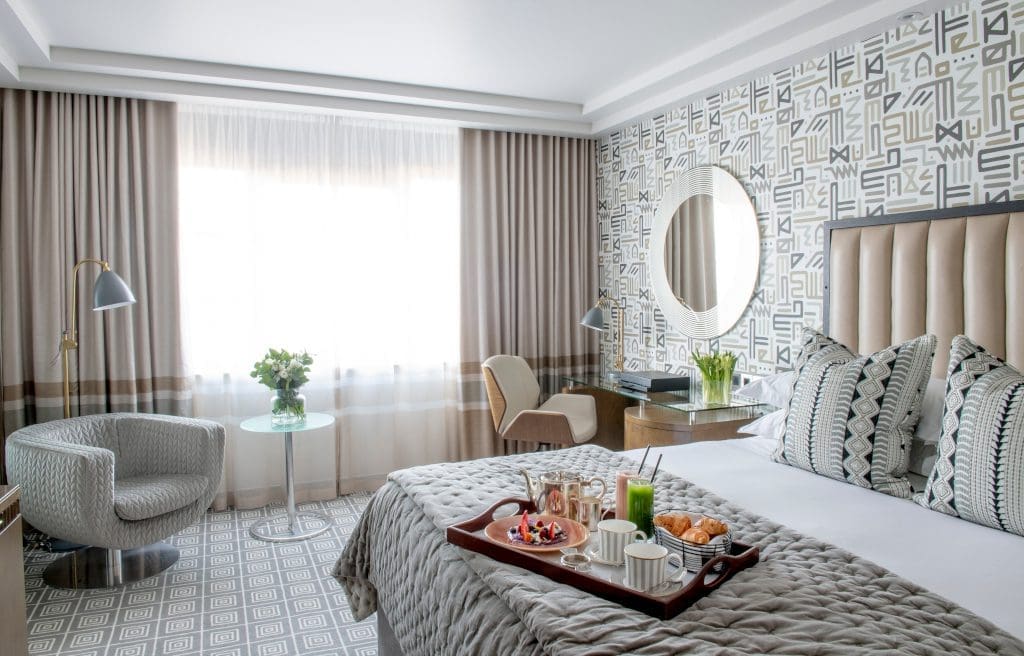
The Marylebone is, in simple statistics, a large hotel with more than 250 rooms including 44 suites. But nonetheless it succeeds admirably in creating the atmosphere of an intimate, characterful, very contemporary boutique hotel. You know you’re in a good place when the reception staff are so welcoming and personable.
We had a suite on the fifth floor with excellent views out over Marylebone Lane to the surrounding streets – the striking Grade 2 listed Hinde Street Methodist Church, with its tall spire, to our left, and a view of the Gothic St James’s Catholic Church to our right.
Marylebone: Steeped in History
From our window we could glimpse Bentinck Street, steeped in fascinating history and with more than its fair share of blue plaques. Since the 18th century Marylebone has traditionally been home to a community of leading doctors and surgeons – with Harley Street just around the corner, and scientists too, so it’s no surprise to see occupancy of the likes of Sir James Mackenzie (‘Physician’), Sir Patrick Manson (‘Father of Modern Tropical Medicine’) and Thomas Young (‘Man of Science’) remembered.
At No 7 Bentinck Street in the 1770s Edward Gibbon laboured over his Decline and Fall of the Roman Empire, while sixty years’ later, at No 18, the young Charles Dickens was embarking on a career as a court reporter. The street has had its fair share of villains too; here in World War 2, at No 5, Anthony Blunt and Guy Burgess shared a flat and no doubt shared notes about the secrets they were betraying to the Soviets from their positions in MI5 and the Foreign Office.
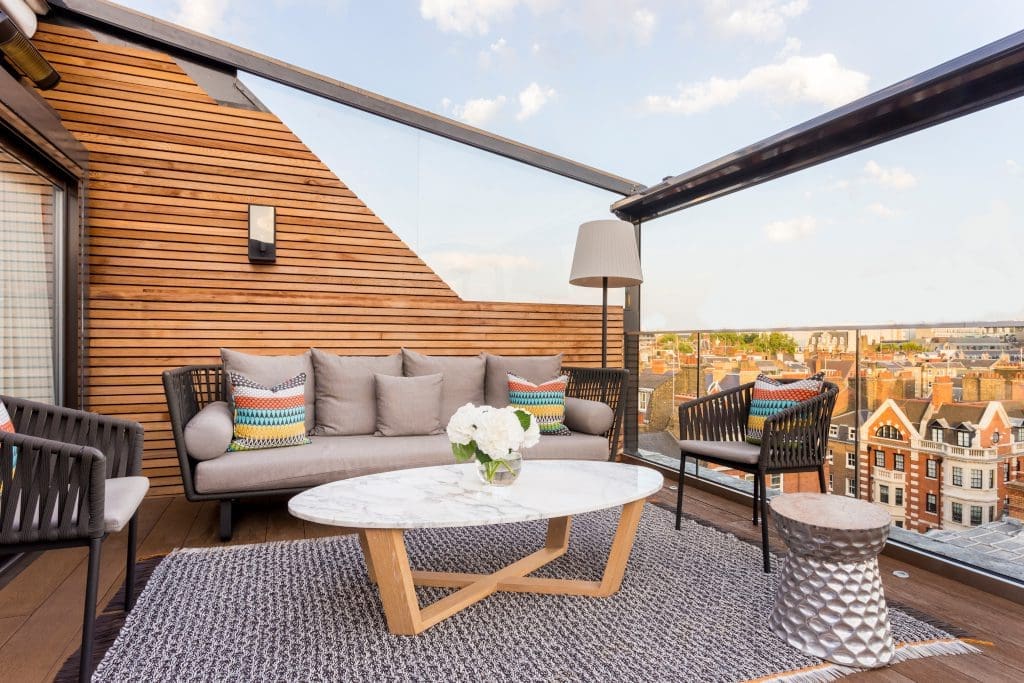
Third Space at The Marylebone Hotel
But back to our suite. Light and airy, in soft, neutral colours, it had a wonderful king-sized bed to sink into after an afternoon padding the streets. The stylish arabascato marble bathroom contained quite possibly the finest walk-in shower ever encountered – simple to work, with the most cascading, energising waterfall you could imagine.
In contrast to the calming light greens and creams of our rooms, downstairs in the lively main gathering areas more vibrant colours abound. Comfortable sofas and rich velvet couches fill the spacious stretch of bar, drawing room and library, while on the walls there is striking original artwork and photography (a naked man running through the streets appeared to be a theme).
A real bonus is the free access guests have to the Third Space, one of the area’s premier health clubs, which is just round the block. It has the latest in gym facilities, spa, and superb 59-foot-long pool, just right for length swimming.
108 Brasserie at The Marylebone Hotel

On our first evening we elected to eat at The Marylebone’s 108 Brasserie restaurant – al fresco, as it was a warm enough night. The terrace faces directly on to Marylebone Lane, and so attracts plenty of outside trade in addition to the hotel guests.
It was a Friday night, the Covid shackles were off, and adjoining restaurants were packed with outside diners too, making for a lively atmosphere and good people-watching while we ate. 108 offers a British-based menu but with plenty of European/World twists.
On this occasion we opted for the latter, starting with crisp baked corn tostados with chicken and a spicy satay sauce, followed by Thai green curry and jasmine rice – all washed down with a bottle of Pinot Grigio. Delicious but very filling, so a walk around the streets that Sherlock Holmes used to frequent was necessary before bedtime.
The Wallace Collection
After breakfast on Saturday morning we took the five-minute walk across to Manchester Square and the elegant Georgian Hertford House – home to the Wallace Collection, one of the most magnificent assembly of Western classical art anywhere in the world. It’s one of our favourites, and every few years or so we return, attracted to the intimacy of the setting as much as the glorious paintings.
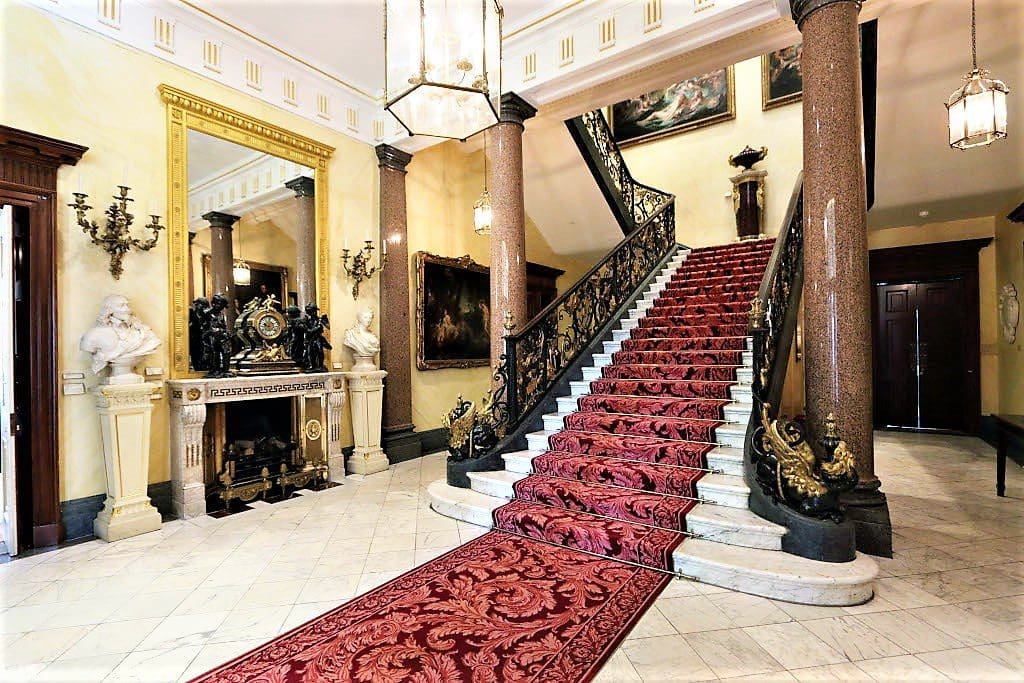
The start of the visit was as memorable as anything that followed. As we entered the hall, the Grand Staircase with its fabulous French wrought-iron balustrade in front of us, to our right the very first picture we encountered was the wonderful The Arab Tent, painted by Sir Edwin Landseer in 1865.
There are currently three Landseers in the Wallace Collection, although disappointingly two were not on view because of work being carried out in one of the galleries. Landseer, a favourite of Queen Victoria, was arguably the greatest animal painter of them all (his Monarch of The Glen has adorned biscuit tins the world over), often imbuing his creatures with human-like expressions and emotions.
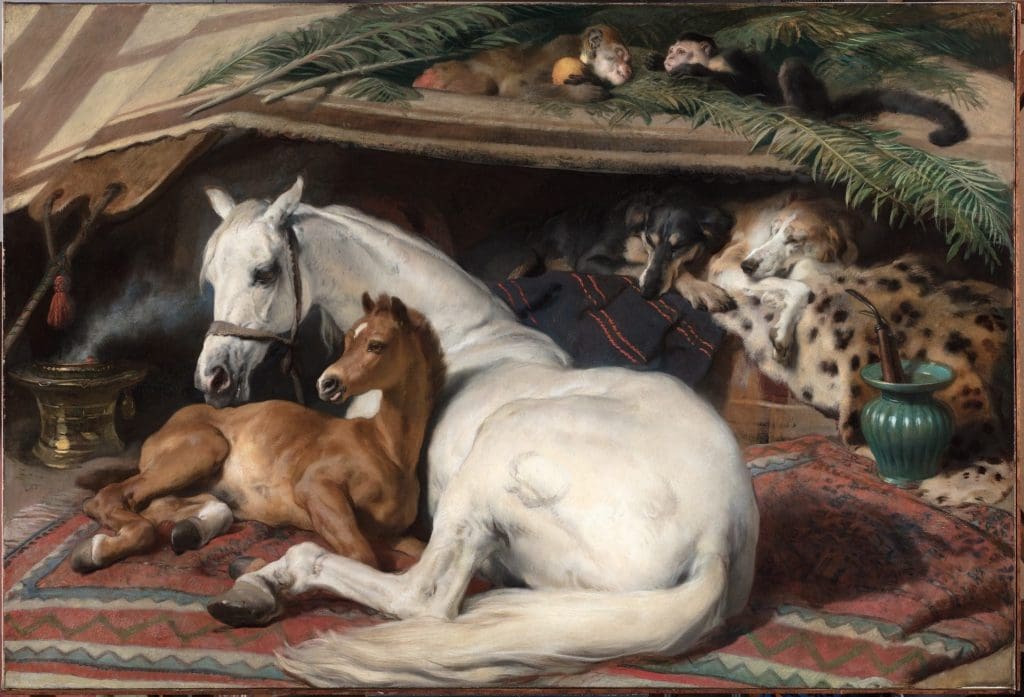
In his latter years, struggling with alcoholism and mentally disturbed, Landseer’s animal paintings were dark and fatalistic, often violent. But in this painting he depicts a beautiful, relaxed white Arab mare with her adorable, curious foal resting luxuriously on a carpet in a pitched tent. Under the palm leaves on the roof lies a baboon, incongruously wearing an earring and clutching an orange, ready to confront any challenge from the black monkey facing him. Below, two Persian greyhounds doze blissfully on a cheetah skin. There is no sign of the owner, but his presence is indicated by two pipes in jar at the right of the picture.
The riches the Wallace Collection has to offer over two floors are astounding. A stunning self-portrait by Rembrandt here, a luminous interior by the Dutch master Jan Steen there, and hiding in a corner of The Great Gallery one of the most famous paintings in Western Art, ‘The Laughing Cavalier’ by Franz Hals.
Rubens Reunited
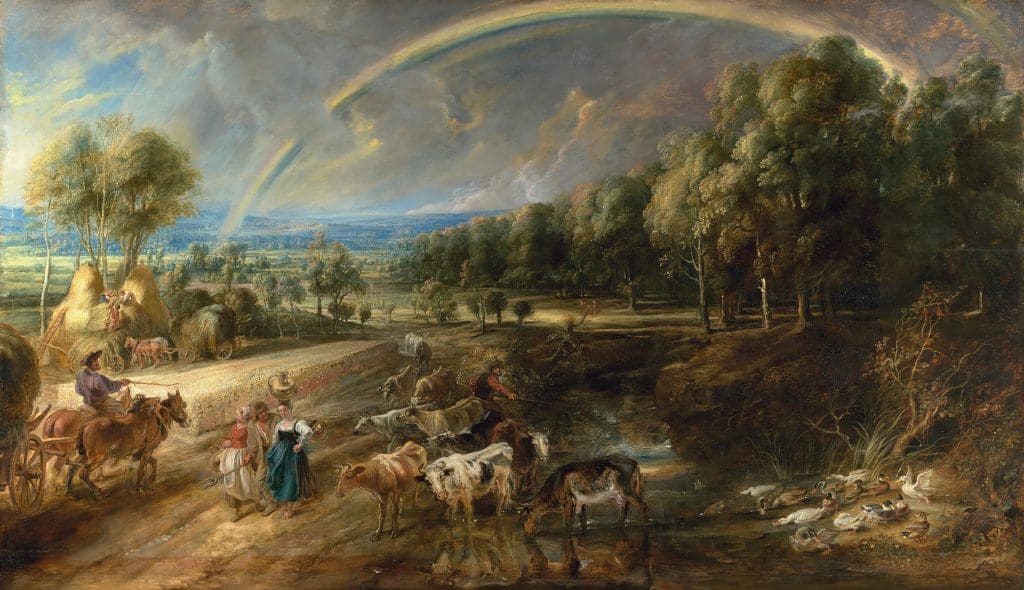
When we visited a special exhibition was taking place to reunite two famous paintings by the great 17th century Flemish painter Peter Paul Rubens. Perhaps best known for his portraits and his classical, mythological scenes – not to mention the naked, fleshy women in quite a few of them – Rubens was able to develop his landscape skills when he retreated to his country estate Het Steen in his later years.
A View of Het Steen in the Early Morning and The Rainbow Landscape, superb, detailed, sweeping depictions of the panorama of his estate and the working life on it, were clearly painted as companion pieces but have been separated over the centuries. Now The National Gallery (which owns the former) and the Wallace Collection have collaborated to bring them together at last, and they were a joy to behold, facing each other on either side of the gallery.
A Daunting Bookshop
From the Georgian and Victorian splendour of Hertford House, we took a short walk to another of our regular Marylebone haunts, the Edwardian magnificence of Daunts on Marylebone High Street. Dating back to 1910, Daunts is the oldest purpose-built bookshop still in use in the United Kingdom.
Here at the back in the long oak galleries, under the vast skylight, there is a unique travel section, where the best literature (old and new) and non-fiction writing from a country sit inspirationally alongside the basic guides to it. Richard E Grant has just put the idea to work in a splendid new BBC4 series entitled Write Around the World – so in the style of Daunts, he travels to the south of France with Robert Louis Stevenson, Alexandre Dumas, F Scott Fitzgerald and Patrick Suskind in his book bag.
Regents Park and St Mary’s
Out into the by now bright sunlight, we strolled over to Regents Park where we made a beeline for the famous Queen Mary’s (Rose) Garden, admiring the sea of colours (there are 12,000) and the delightful fragrances. We were surprised by the number of wedding parties wandering around that afternoon, of all creeds and colours, which brought an added joyful air to the atmosphere.
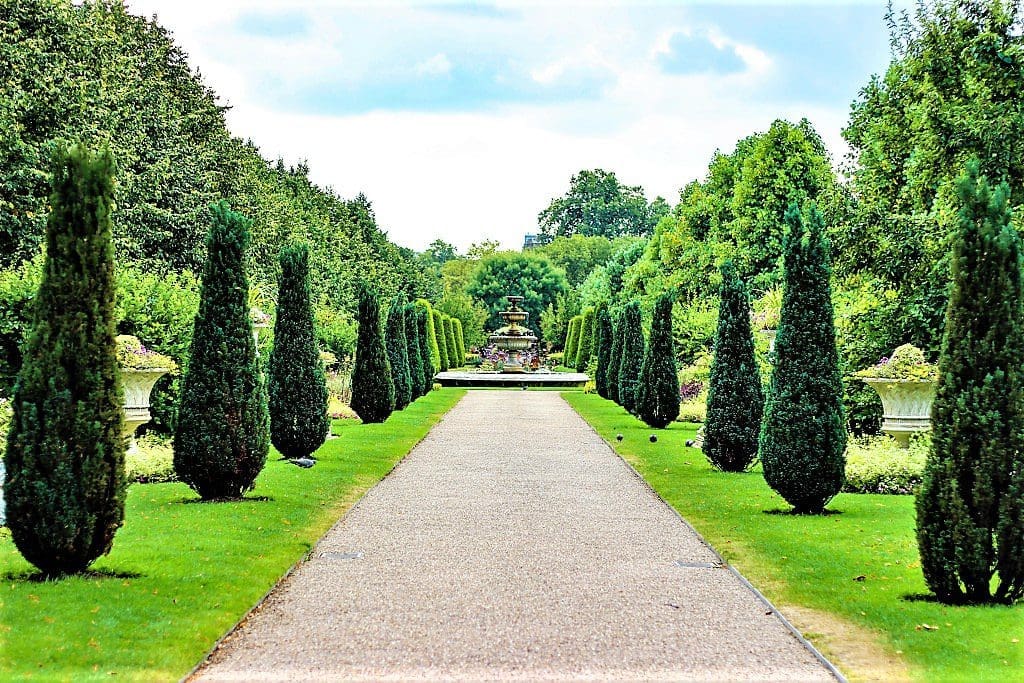
Before returning to our hotel we dropped into the church that gives the district its name, St Mary’s on Marylebone Road. Neo-Classicism and Pre-Raphaelitism combine at the ‘business’ end of this impressive building, the fourth church to be built on this site in the early 19th century. In the crypt is buried a prime minister – William Cavendish-Bentinck – while a room is dedicated to that famous literary couple, Robert Browning and Elizabeth Barrett, who were married here clandestinely in 1846.
Taka Japanese Tapas
For dinner on our final night we chose a new kid on the block – the second Taka on Marylebone High Street, which joined the original Japanese restaurant in Mayfair when opening its doors just under a year ago.
Taka looks minimalist yet stylish, with tables of beautiful light oak. It places great emphasis on the Japanese philosophy of Shun – meaning food should be eaten only in its proper season and at the peak of its flavour. The menu is described as ‘Japanese Tapas’, and our assiduous waitress helped us to select the right amount number of dishes from an exciting, wholesome array of hot and grilled dishes as well as sushi.
All was delivered with great aplomb and was uniformly wonderful. Our nephew, who has a healthy appetite, devoured most of a half Botterills Chicken Yasai Zuke, while the Yellowtail Nori Tempura, Bluefin Tuna Crunch and Chutoro Caviar were other highlights.
No Final Curtain at The Marylebone Hotel
In The Final Problem Marylebone’s most famous (fictional) resident narrowly escapes death at the hands of the ‘Napoleon of Crime’, Professor Moriarty.
“As I passed the corner which leads from Bentinck Street on to the Welbeck Street crossing a two-horse van furiously driven whizzed round and was on me like a flash,” Holmes tells Watson. “I sprang for the footpath and saved myself by the fraction of a second.”
We arrived at the Welbeck crossing that night thankfully without incident. Our stay at The Marylebone had provoked the imagination and stimulated the senses, and we will return again soon.
The Marylebone Hotel Part of the Doyle Collection
47 Welbeck Street, London, W1G 8DN
T: +44 20 7486 6600
